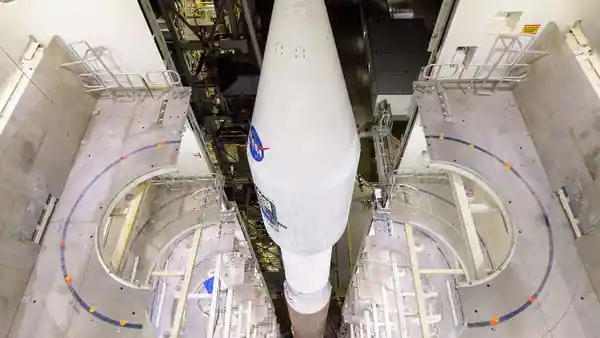Landsat 9, a joint mission between NASA and the US Geological Survey launched earlier this year, has collected its first light images of the Earth. The images show remote coastal islands and inlets of the Kimberley region of Western Australia, Glaciers high in the Himalayas, Lake Erie, white sands of Pensacola Beach and Florida and others.
A NASA release said, all the images, acquired on October 31 provide a preview of how the mission will help people manage vital natural resources and understand the impacts of climate change, adding to Landsat’s unparalleled data record that spans nearly 50 years of space-based Earth observation.
“Landsat 9’s first images capture critical observations about our changing planet and will advance this joint mission of NASA and the U.S. Geological Survey that provides critical data about Earth’s landscapes and coastlines seen from space. This program has the proven power to not only improve lives but also save lives,” said NASA Administrator Bill Nelson.
“NASA will continue to work with USGS to strengthen and improve accessibility to Landsat data so decision-makers in America – and around the world – better understand the devastation of the climate crisis, manage agricultural practices, preserve precious resources and respond more effectively to natural disasters,” he added.
See Photos:
View Full Image

View Full Image

View Full Image

View Full Image

View Full Image
Landsat 9 is similar in design to its predecessor, Landsat 8, which was launched in 2013 and remains in orbit, but features several improvements. The new satellite transmits data with higher radiometric resolution back down to Earth, allowing it to detect more subtle differences, especially over darker areas like water or dense forests.
For example, Landsat 9 can differentiate more than 16,000 shades of a given wavelength color; Landsat 7, the satellite being replaced, detects only 256 shades. This increased sensitivity will allow Landsat users to see much more subtle changes than ever before.
“First light is a big milestone for Landsat users – it’s the first chance to really see the kind of quality that Landsat 9 provides. And they look fantastic. When we have Landsat 9 operating in coordination with Landsat 8, it’s going to be this wealth of data, allowing us to monitor changes to our home planet every eight days,” said Jeff Masek NASA’s Landsat 9 project scientist at Goddard Space Flight Center.
(With inputs from agencies)
























